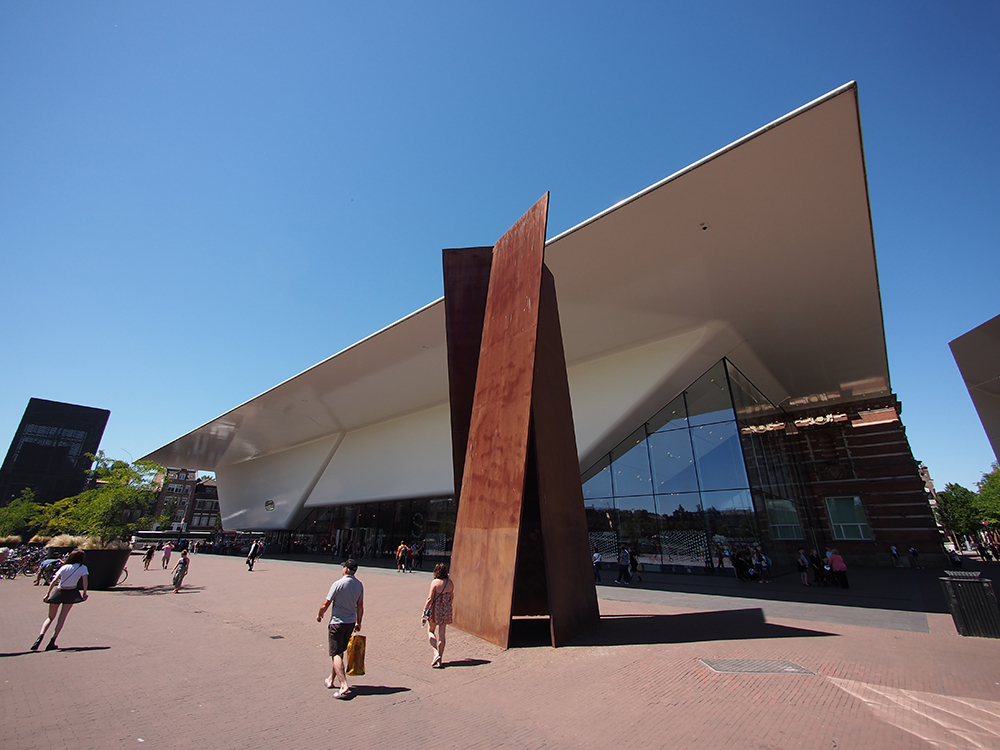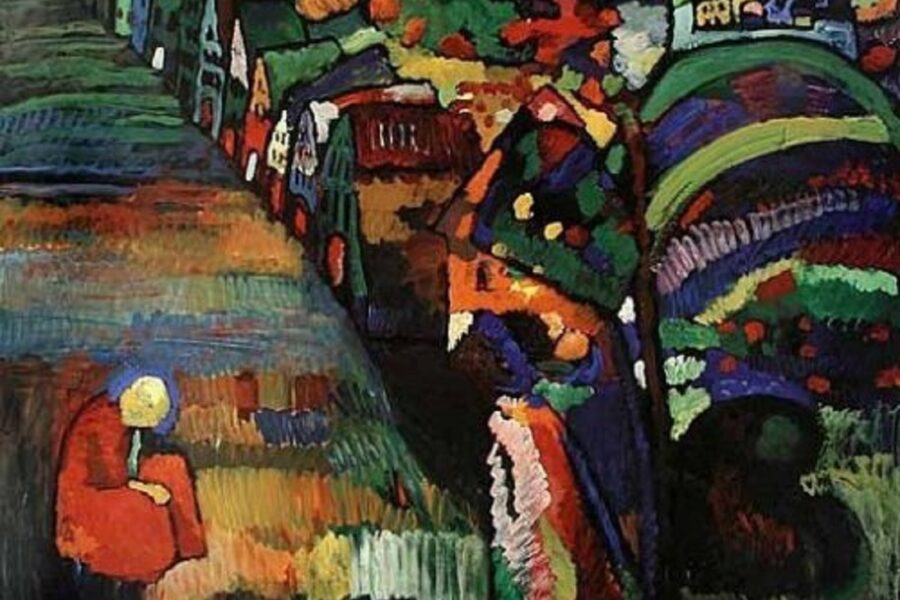A recent finding of fault with a Restitution Commissions panel had led the heirs to hope that the court might find for them and return the painting
December 16, 2020 (Updated December 23, 2020), by Nina Siegal – Excerpt

“AMSTERDAM — In a decision watched closely by restitution experts, a court in Amsterdam ruled on Wednesday that the Stedelijk Museum there can retain a Wassily Kandinsky painting that it acquired during World War II and which came from a Jewish collection.”
“The 1909 work, “Painting with Houses,” has been the focus of a restitution battle that has been viewed as a litmus test for Dutch restitutions policy. Critics of the Netherlands’ approach say the case represents an attempt by the Dutch to weigh the interests of its museums over justice for the victims of Nazi looting and their heirs.”
“It’s unbelievable,” said Axel Hagedorn, a Dutch lawyer representing the claimants.
“I never expected this,” he continued, not after the Kohnstamm Committee published its report, “and also on the legal merits we had in this case.”
“The prewar owners of the Kandinsky were a Jewish couple, Robert Lewenstein and Irma Klein…The Nazis invaded the Netherlands in May 1940, and five months later, in October, the Kandinsky was sold at auction in Amsterdam, while Mr. Lewenstein was in France and Ms. Klein was in Amsterdam. There is no clarity about who sold the painting, although, according to the Stedelijk, it is “possible that this had been an involuntary sale.””

“The Stedelijk Museum bought the work for 160 guilders at auction…a price that was about 30 percent of the 500 guilders Mr. Lewenstein’s father, Emanuel Lewenstein, had paid for the work when he bought it in 1923. Lawyers for the claimants, whose names were not disclosed in the case, say the sale was motivated by the Nazi persecution of Jews in the Netherlands. The Stedelijk and the city argued that it purchased the work “in good faith,” without knowing of its Jewish ownership.”
“In 2018, the Dutch Restitutions Commission rejected the Lewenstein heirs’ claim for the Kandinsky, arguing that the motivations for the sale were unclear. It also used something called the “balance of interests” test to weigh the value of the work to the museum against that of the heirs.”
“As the Commission concluded, “the work has important art historical value and is an essential link in the limited overview of Kandinsky’s work in the Museum’s collection,” whereas the heir didn’t demonstrate “past emotional or other intense bond with the work.””
“James Palmer, the founder of the Mondex Corporation, an art restitution company that represents the claimants in the Kandinsky case, said this “balance of interests” test was biased toward the interests of the Dutch state, which wanted to keep the work.”
““We weren’t getting justice and we weren’t getting any sort of impartial review of the facts,” he said, explaining the decision to take the case to court. “We were getting a very distorted, very biased view of the facts, and we were hoping that the court would be impartial.””
“He said the court’s decision represented “a second despoliation of the painting.””
““The first was by the Nazis,” he said, “and the second was by the Dutch Restitutions Commission, now in conjunction with the Amsterdam City Court.””
This is an excerpt from this New York Times article. Full article through this link: https://www.nytimes.com/2020/12/16/arts/design/kandinsky-stedelijk-museum-restitution.html?searchResultPosition=13.


